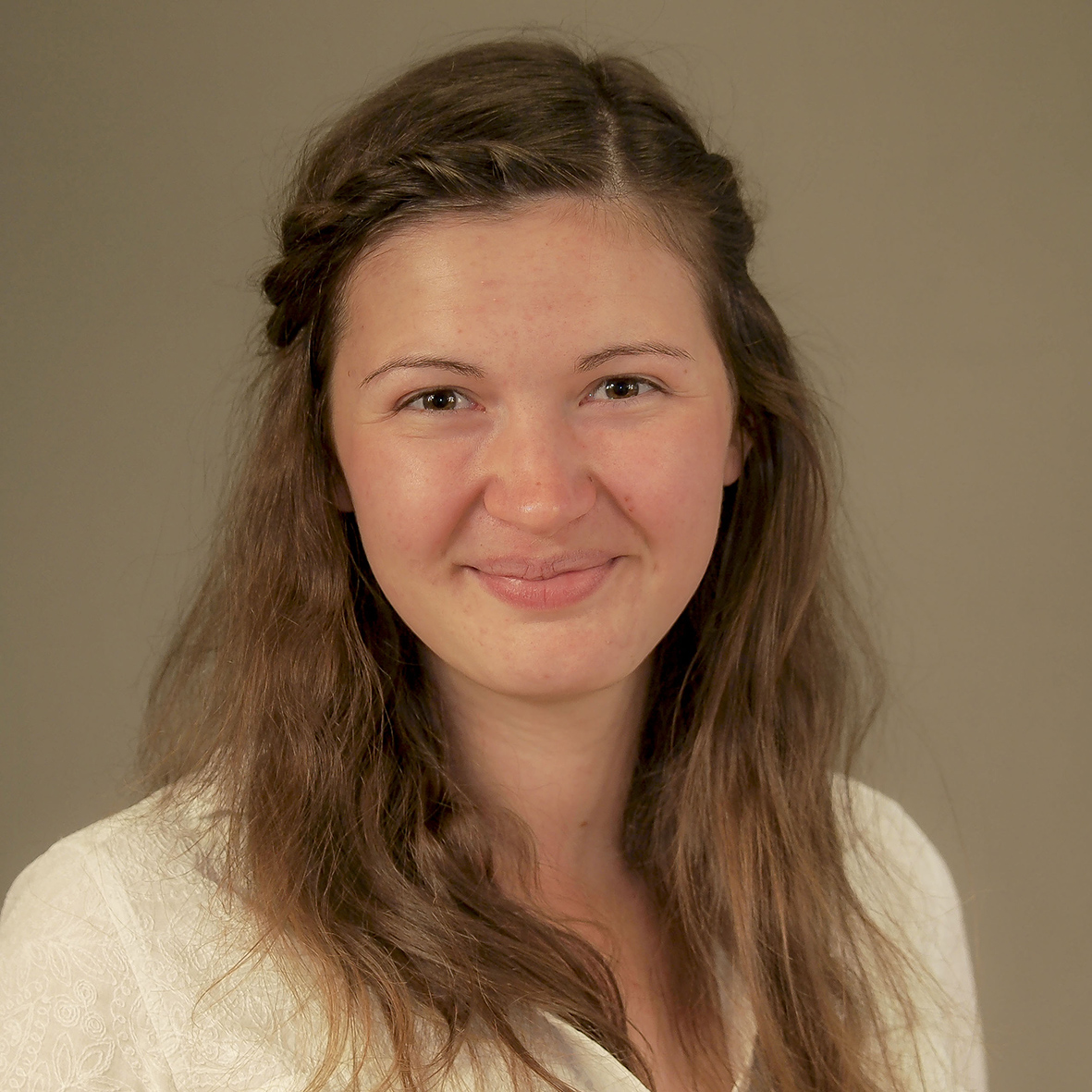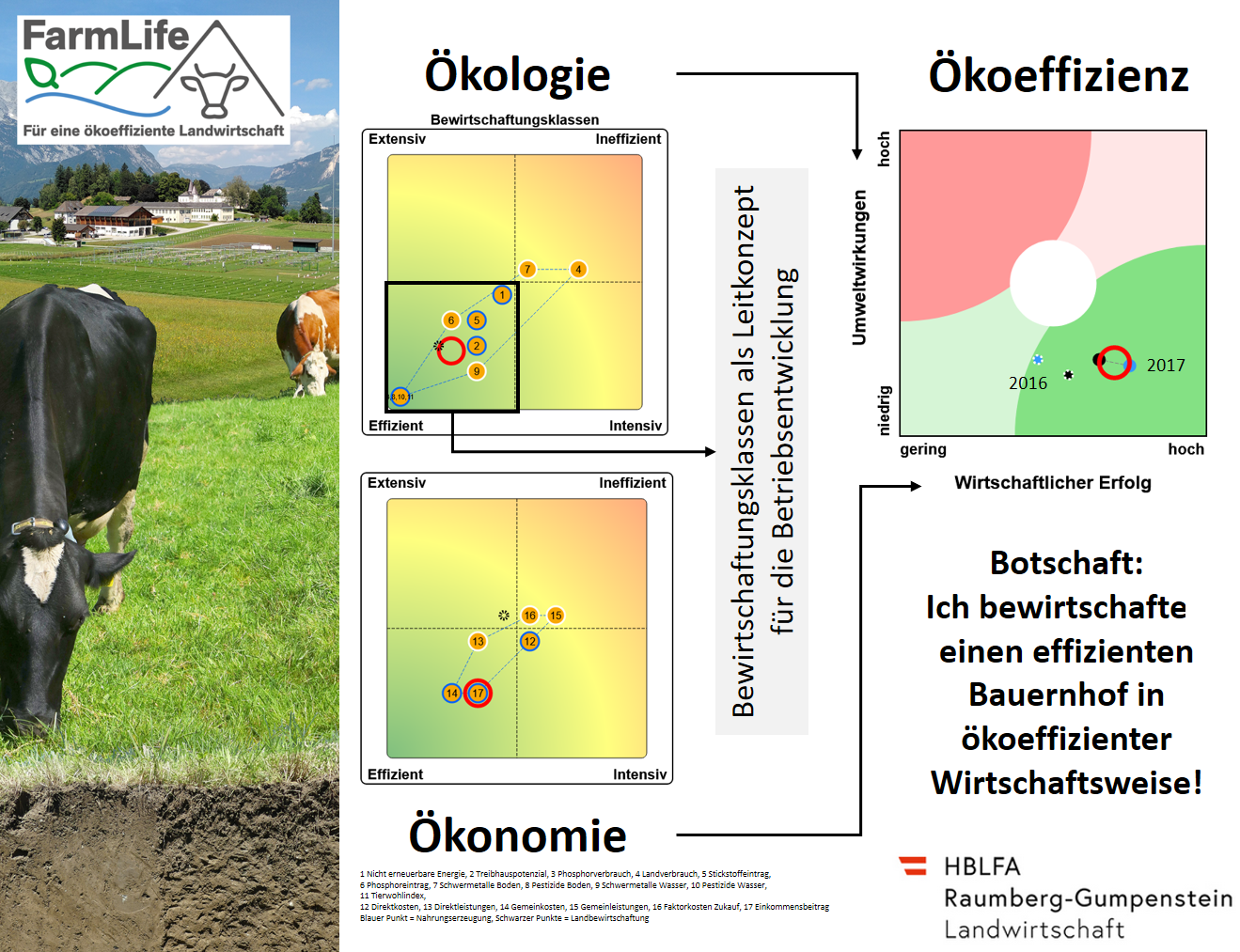Since FarmLife II not only has a fundamental technical improvement, but also gives farmers more information about their results in a graphical display, the farmer can become better aware of his strengths and weaknesses and thus determine his methods of action more precisely.
Structuring the project
FarmLife addressed two pillars of sustainability, the economy and the environment . In order to provide even more detailed information about the current situation, four different management classes added to FarmLife II, which are intended to further strengthen the relationship between area management and production. There are general business development recommendations for each management class in order to be able to implement them optimally.
To support customers, FarmLife online courses in small groups so that they can better concentrate on the individual farmers. FarmLife is also used in lessons in agricultural schools with predefined model farms.
It is assumed that in the future, determining the economic and environmental requirements of a business will be a standard service for every research project in agriculture.
Summary report
Between 2011 and 2016, the eco-efficiency research group of the HBLFA Raumberg-Gumpenstein and the project partners from Agroscope developed the farm management tool FarmLife.
The present FarmLife II project was started with the aim of broad use in Austrian agriculture and integration into the existing educational and advisory services. Several tasks were tackled. Fundamental technical improvements in software design and hardware were made according to current computer science standards. An additional tool was developed in FarmLife to communicate the results to the farm. This tool not only shows the results at the various levels of production, but also brings together all individual ecological and economic assessments in the concept of life cycle assessment. Dynamic graphics break down the results in different forms, enabling strengths and weaknesses to be localized during the consultation. With the concept of assessment classes, a form of classification was also found that can be used well in the development of general operational goals. In addition to these technical and visual communication aids, a course concept was developed for agricultural businesses for practical implementation. This offers those interested courses for small groups based on digital communication media. So far, 68 courses have been offered in this form for 1,000 participants. A separate educational channel for schools has reached an additional 750 teachers and trainees. This area is currently being strengthened by an additional DaFNE project. During the course of the work with the chambers of agriculture, the need for additional harmonization of the economic assessment became apparent early on in the project. After the cost accounting was submitted, this part was reprogrammed and described in Part II of this final report.
FarmLife has now become a success experience that has not only generated a high level of customer frequency, but has also created the basis for a total of 16 scientific projects in its own research area. We assume that the ability to determine eco-efficiency will be a standard service for every agricultural research project in the future. Whether this is done with a company network or with a model is up to the researchers.
team
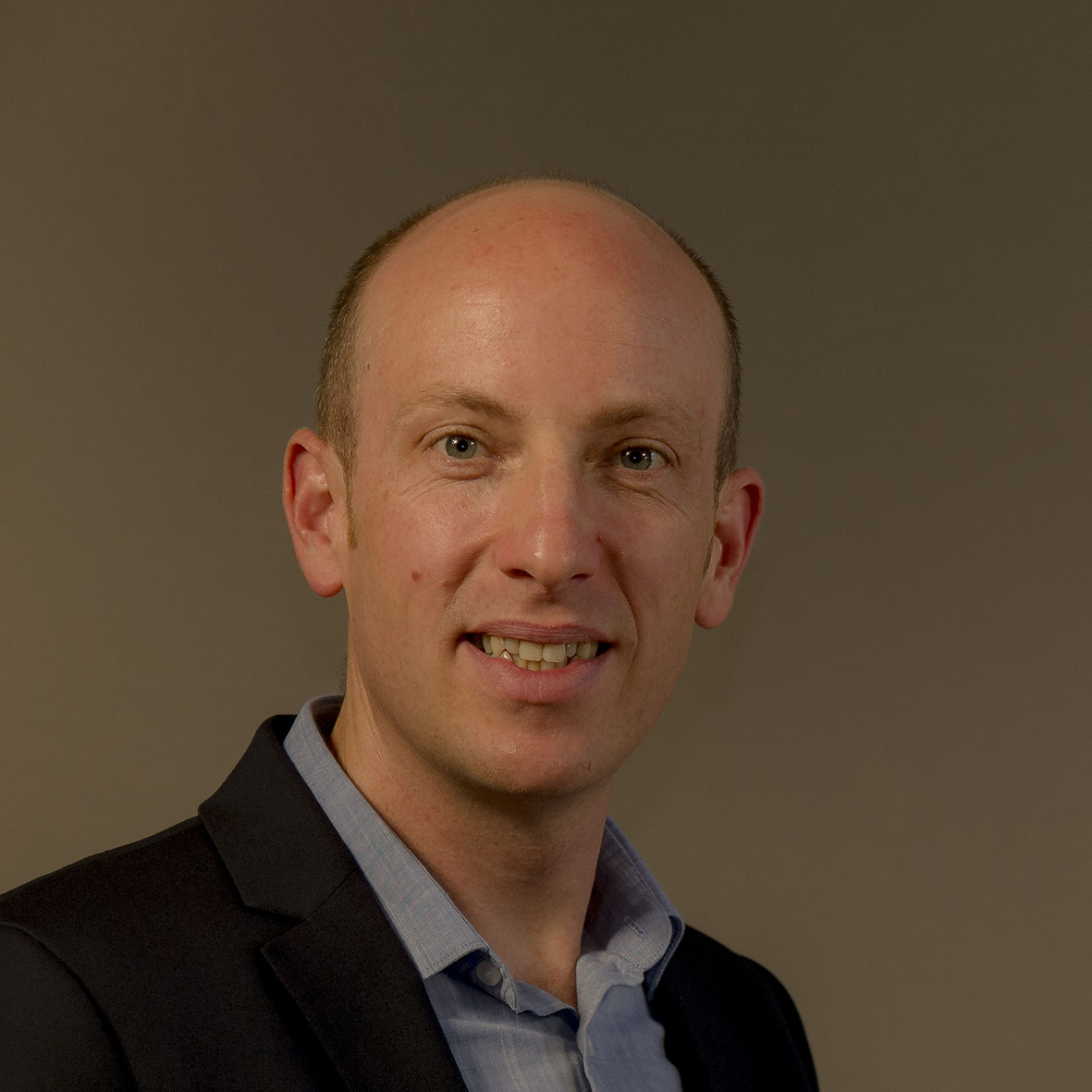
Mag. Christian Fritz, MA
Economics and resource management
Mag.a Elisabeth Finotti
Economics and resource management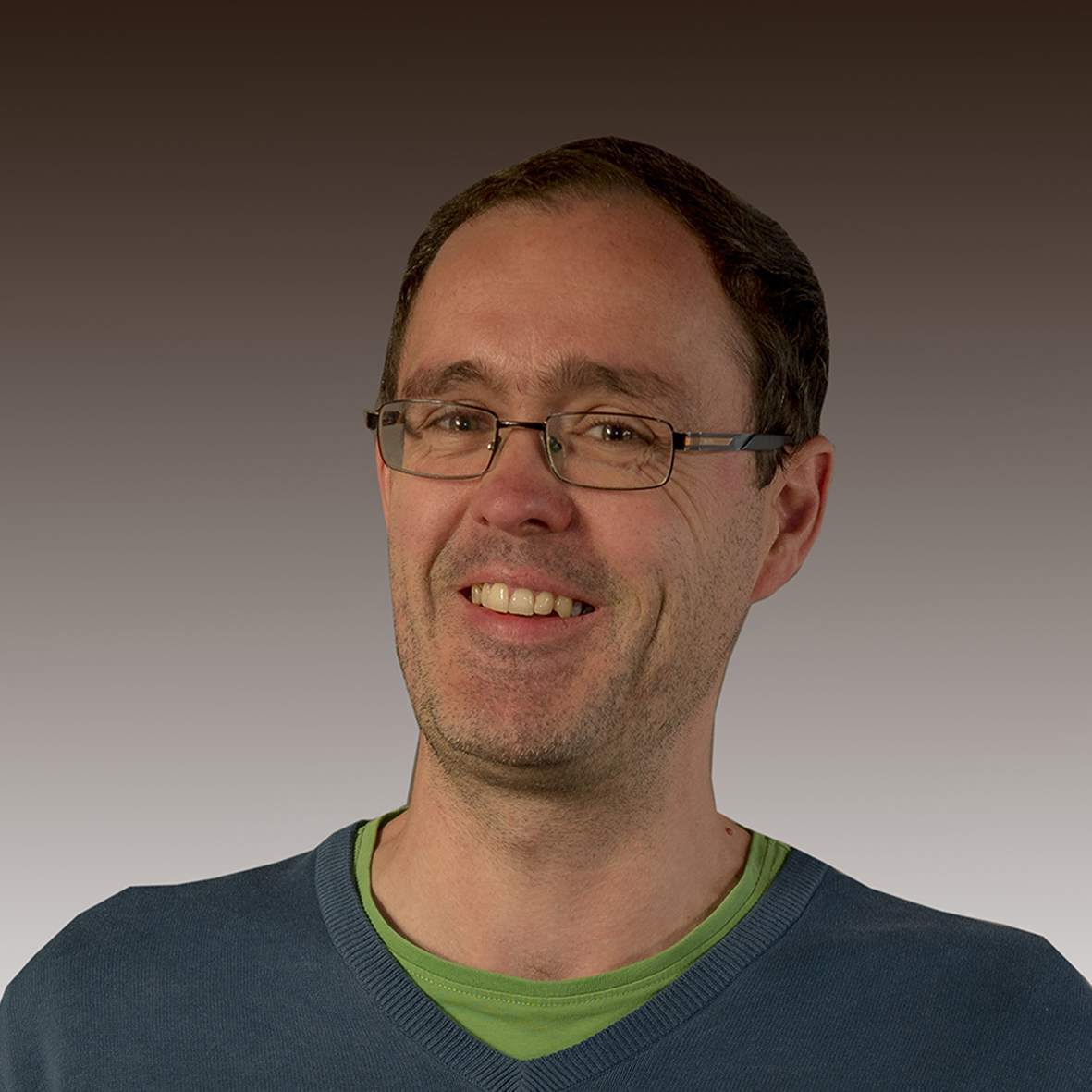
Dr. Markus Herndl
Soil Science and Lysimetry Department, Head of the Eco-Efficiency Research Group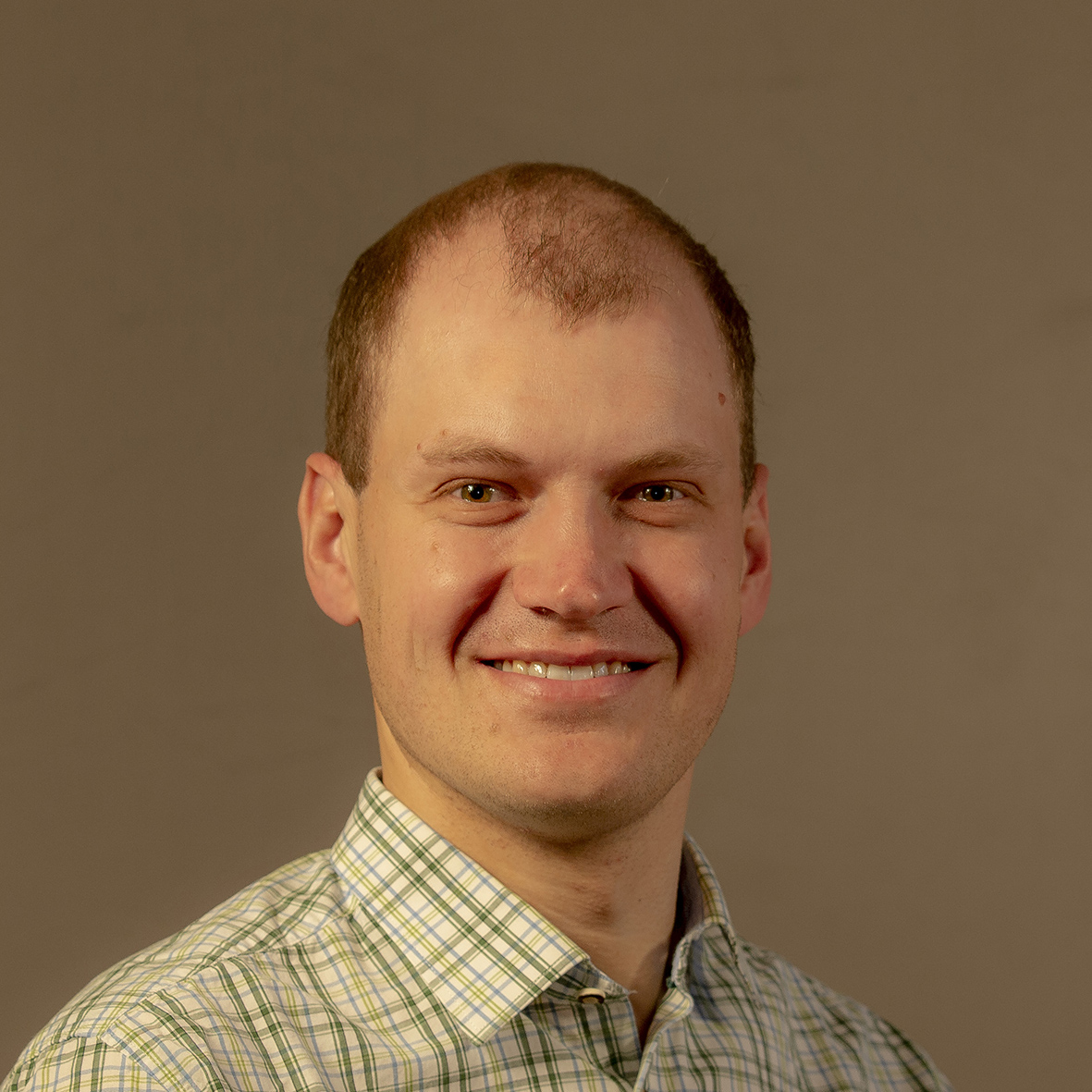
Dr. George Terler
Milk production and animal nutrition